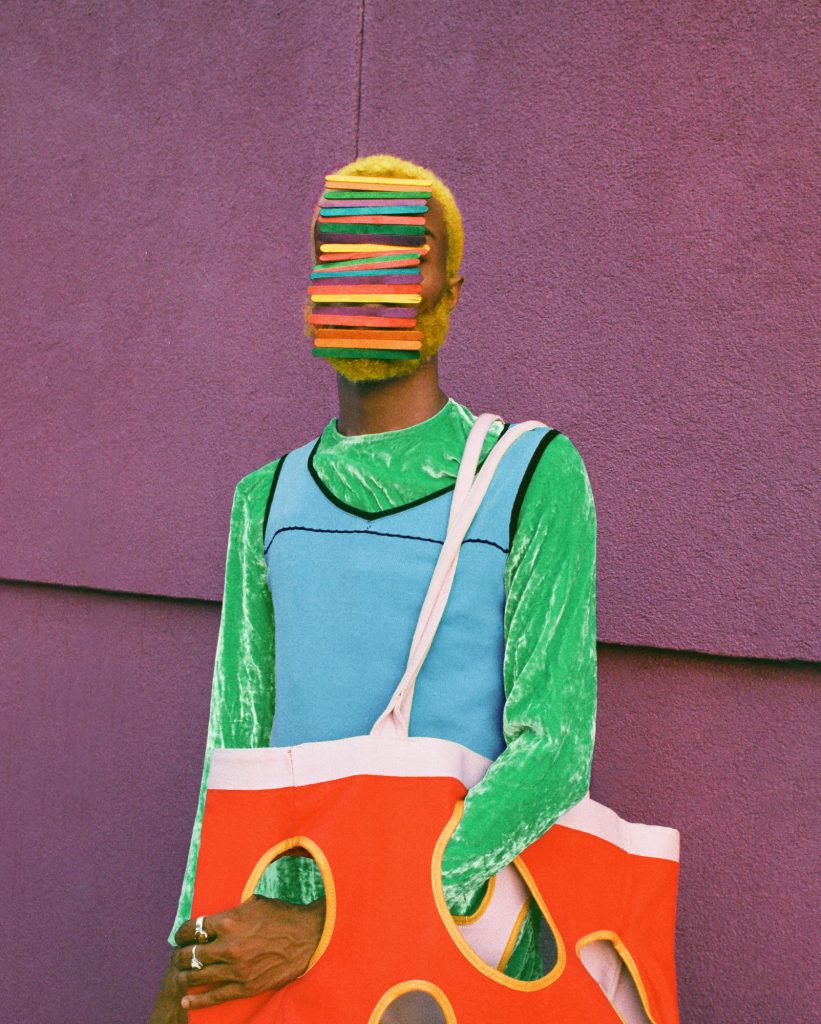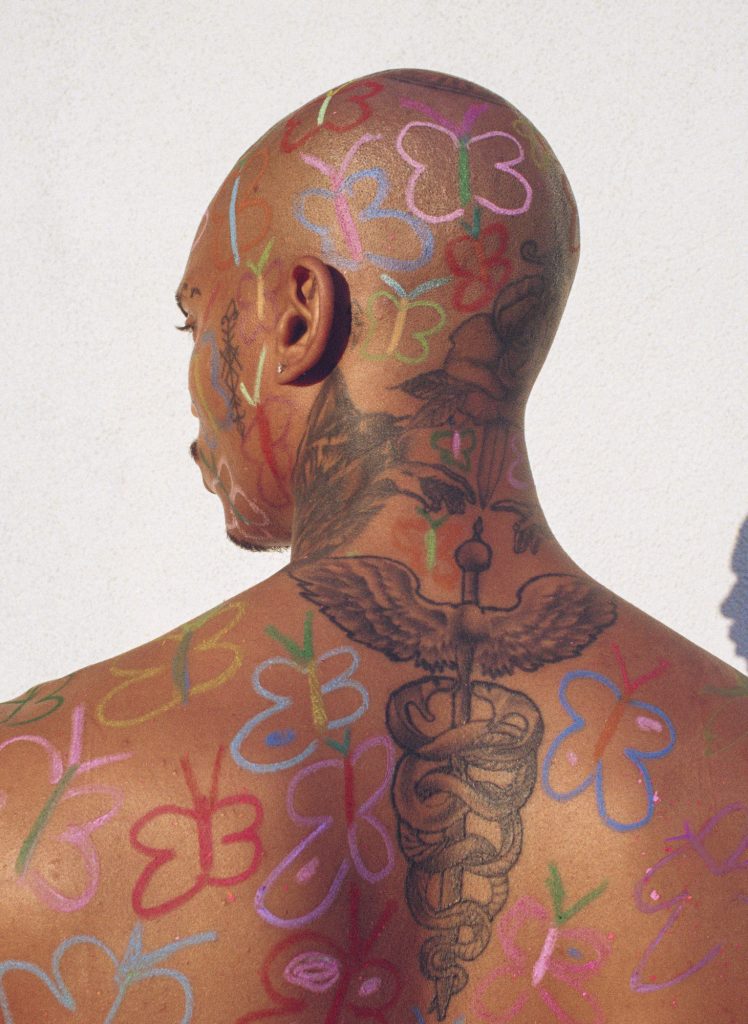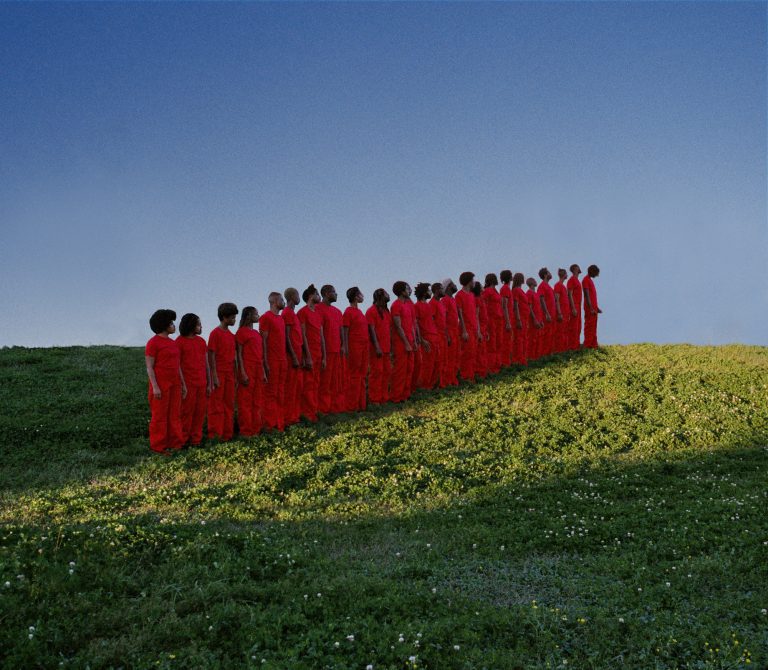


Arielle Bobb-Willis infuses photography with emotion, curiosity, and a fearless embrace of colour. Her work transforms everyday urban spaces into vibrant playgrounds where raw emotion meets playful spontaneity. With her monograph Keep the Kid Alive, Arielle champions the power of keeping one’s inner child at the forefront of creative expression. In this interview, she opens up about the cathartic nature of her art, the joy she finds in life’s textures, and how photography became her medium for empowerment and self-discovery.
hube: Your work was featured in the Capture Photography Festival’s Furiously Happy exhibition. What was the inspiration behind this project and how did you approach creating pieces that resonate with the festival’s themes?
Arielle Bobb-Willis: The title Furiously Happy came from a write-up for a 2019 gallery show in Philadelphia where I participated. The writer, Deborah Krieger, really captured the essence of my work. She wrote, ‘Indeed, it feels like a visual manifestation of ‘furiously happy’ – the philosophy of acknowledging your hurt and pain and being as happy as you can be despite it, and because of it, and being purposefully and angrily exuberant in the face of struggle’.
The images selected for this exhibition were created in response to various internal and external struggles. For me, creating is a therapeutic, sacred, and pure space – a way to channel life’s adversities into something meaningful.
h: Your first monograph, Keep the Kid Alive, is a vibrant exploration of colour and gesture. What motivated you to compile this collection, and how does it reflect your personal and artistic evolution?
ABW: The concept of keeping my inner child alive is at the heart of all my work. I remember shooting my first roll of film at 14, feeling isolated in my room. The dull space around me came to life with warm colours – oranges, reds, yellows. That was a turning point for me. Through photography, I learned I could transform my environment. That curiosity has stayed with me, and Keep the Kid Alive reflects that journey of staying true to the playful, spontaneous love I have for photography. This book is about creating with no need for perfection, honouring the things that make me feel present, and celebrating the parts of my inner child that have shaped me. I also collaborated with amazing creatives like Alex Webb, Gabriella Karefa-Johnson, and Howardena Pindell, who shared their own experiences on maintaining their inner child.
h: As a new featured artist at SOL LDN, what new themes or techniques are you exploring in your current body of work? How do these pieces differ from your previous exhibitions?
ABW: It’s exciting to show my work in new formats, such as billboards or public transit. I’ve never had an online exhibition before, and I think it’s a great way for my work to live longer and be accessible to a wider audience. This exhibition includes both past and present pieces, offering a fresh context for the viewer to engage with my work.
h: Your installations often transform everyday urban spaces into surreal environments. How do you select locations for these installations, and what do you hope viewers experience when encountering your work in these unexpected settings?
ABW: I’m drawn to places that have texture – poorly painted fences, layers of graffiti, long stretches of grass. For me, it’s all about discovering these ‘mini-sets’ in the cities I visit. In Portland, for example, I was in awe of the long streets filled with bright yellow leaves. Photography has heightened my awareness of the world’s beauty, and I hope that viewers feel something when they encounter my installations – whether it’s confusion, intrigue, or joy. The goal is to evoke a reaction, whatever that may be.

